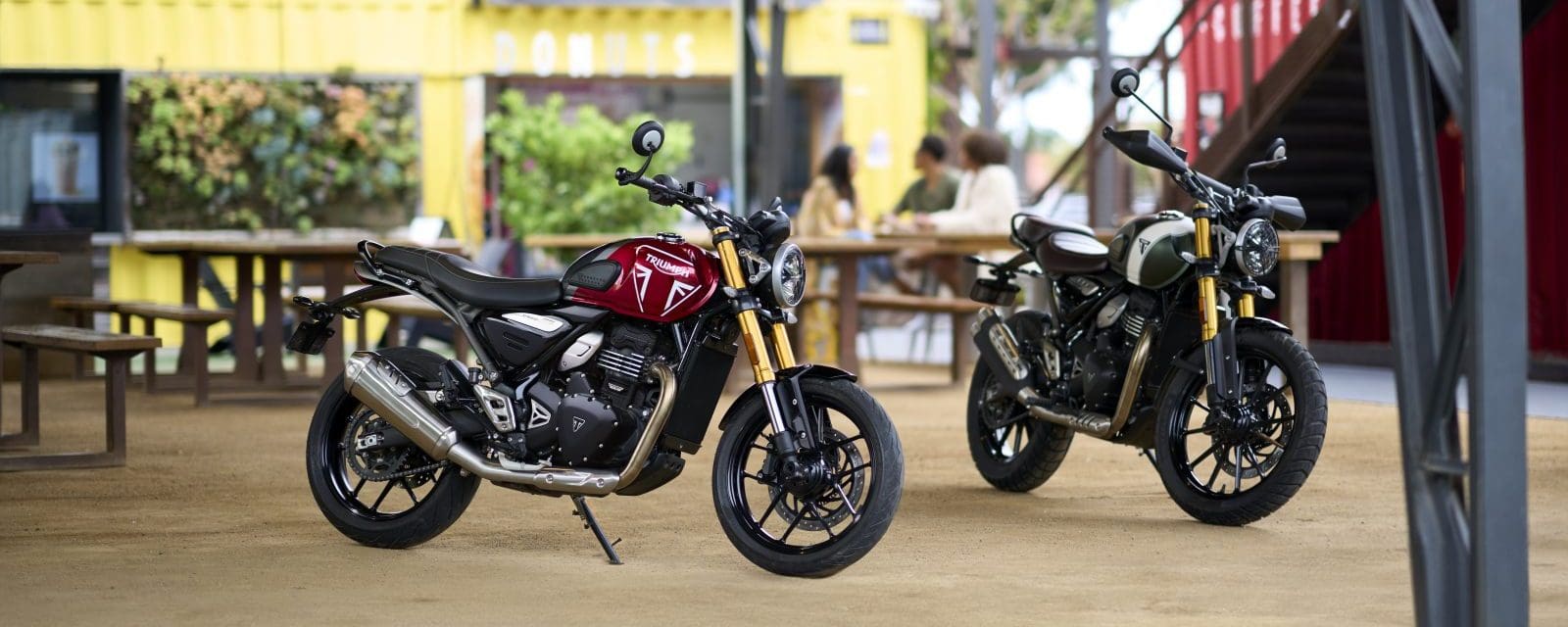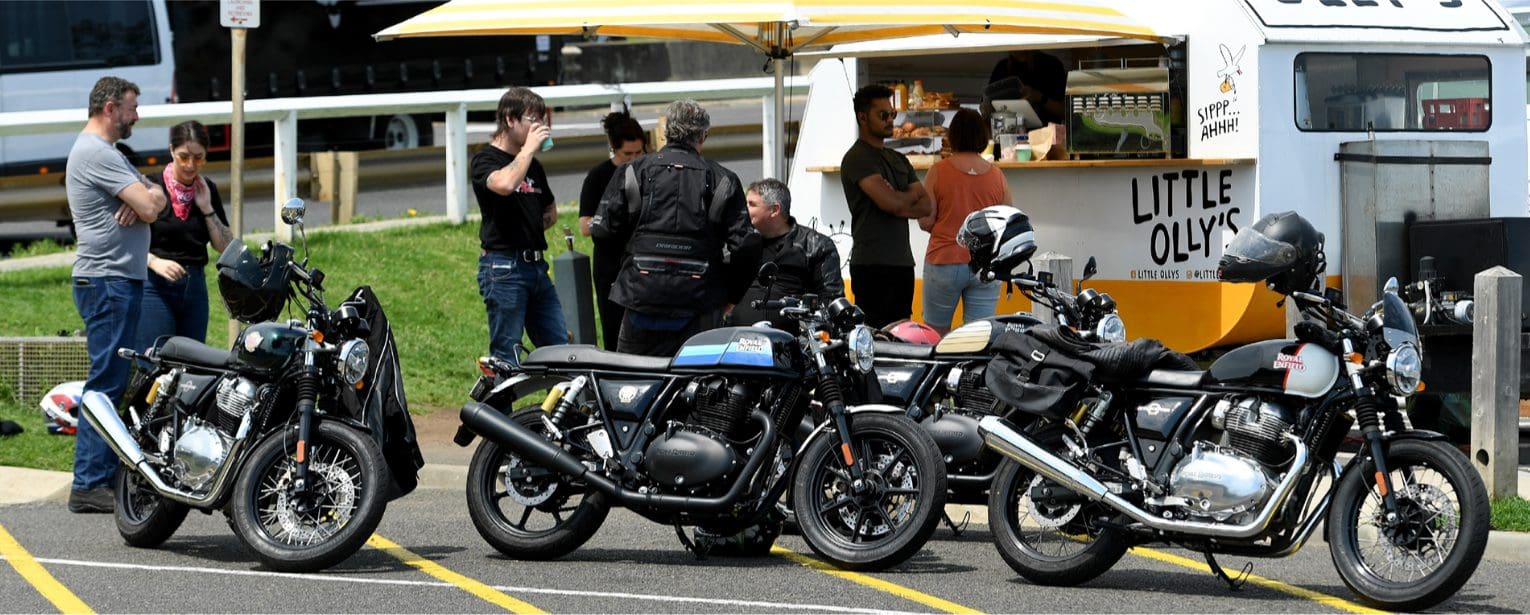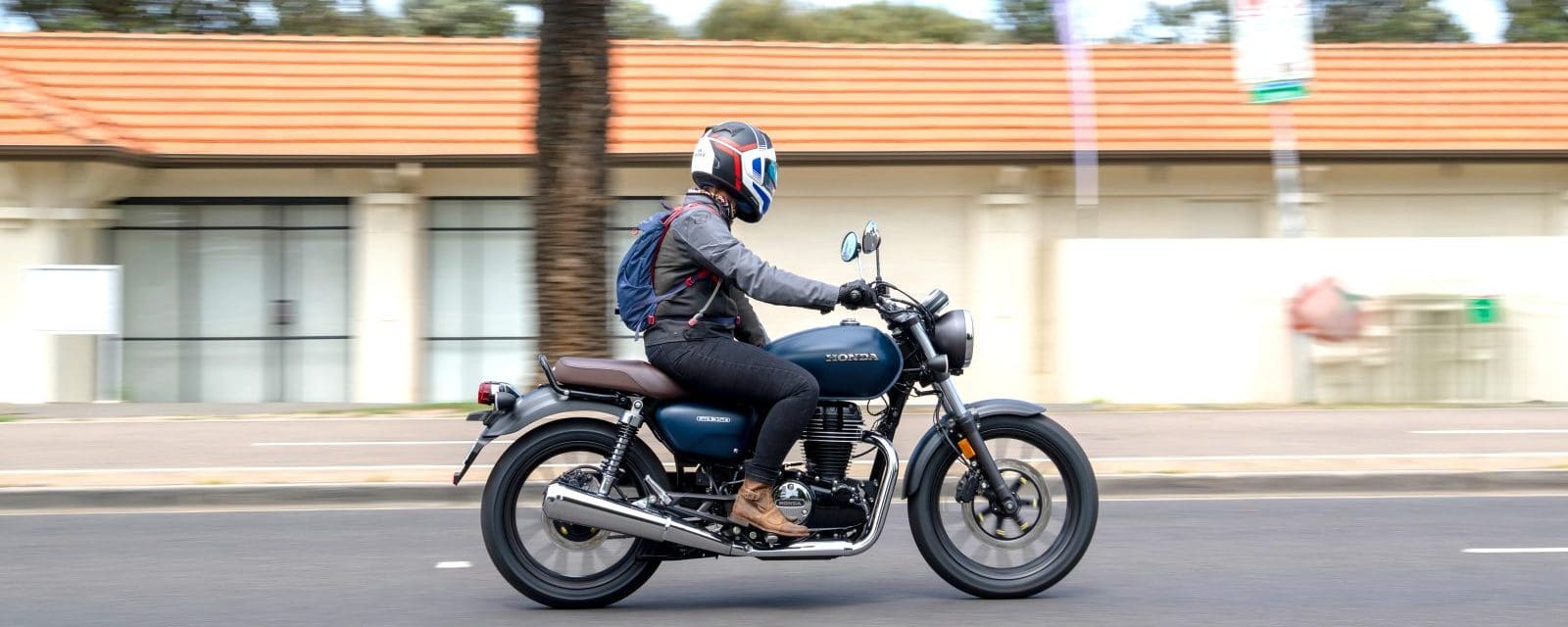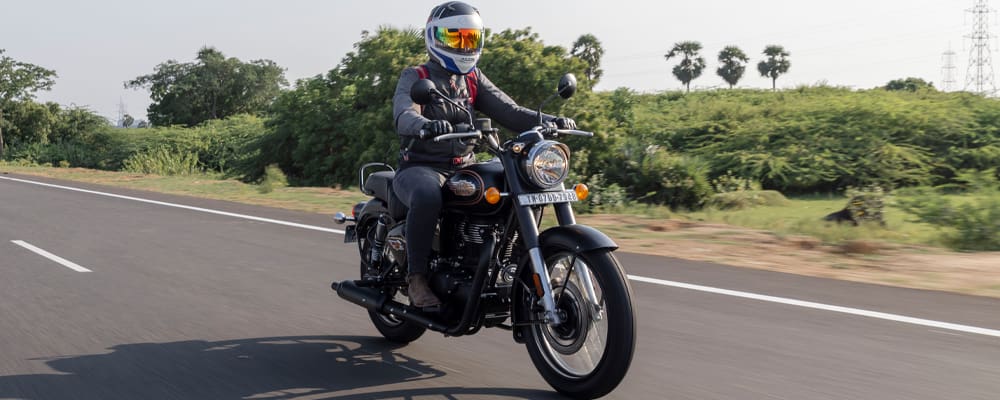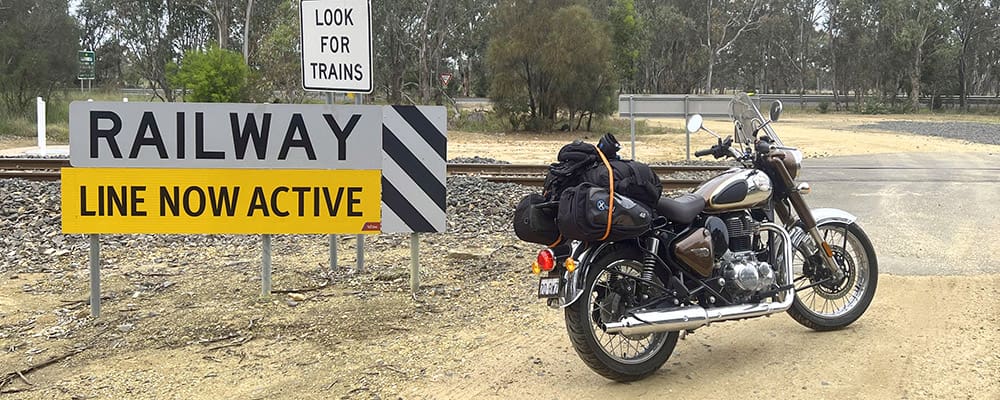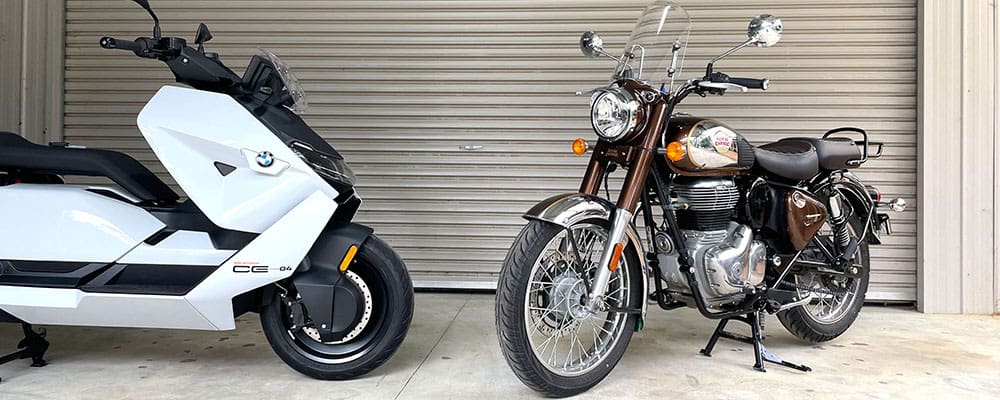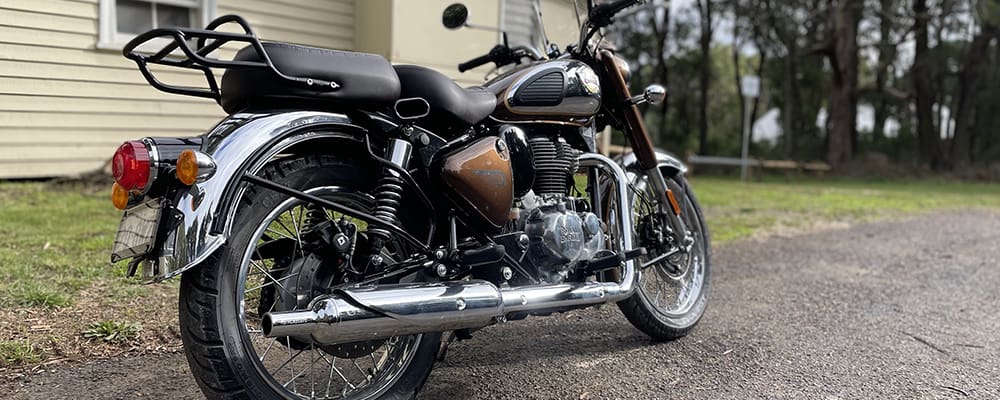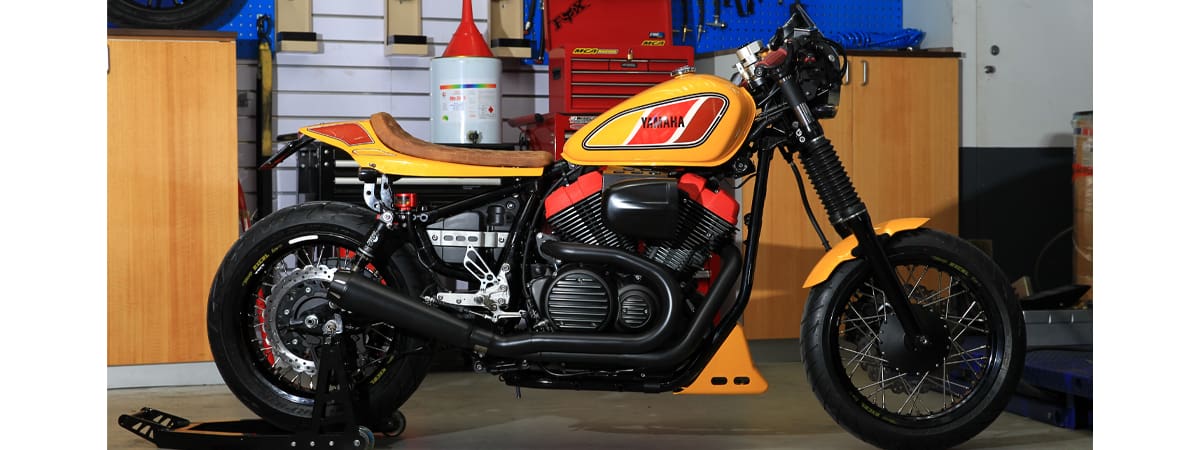The new Norton Commando 961 may look like the one launched back in 2015 by the ‘old’ and now disgraced Norton regime. But ‘new’ Norton reckons almost 40 percent of the bike is completely new, and over 300 components have either been changed or redesigned.

This is a big step for ‘new’ Norton, the Solihull-based company that’s been revitalised under the ownership of Indian manufacturer TVS Motors. Almost $180 million has been invested to bring Norton back from the depths, and the new Commando is one of the first fruits of that enormous financial commitment.
When TVS took over, it looked at Norton’s existing bikes – the Commando and V4S superbike – listened to criticism and stripped both bikes back to the bare bones. Through vigorous testing, new Norton identified the problem areas and then set out to rectify them.
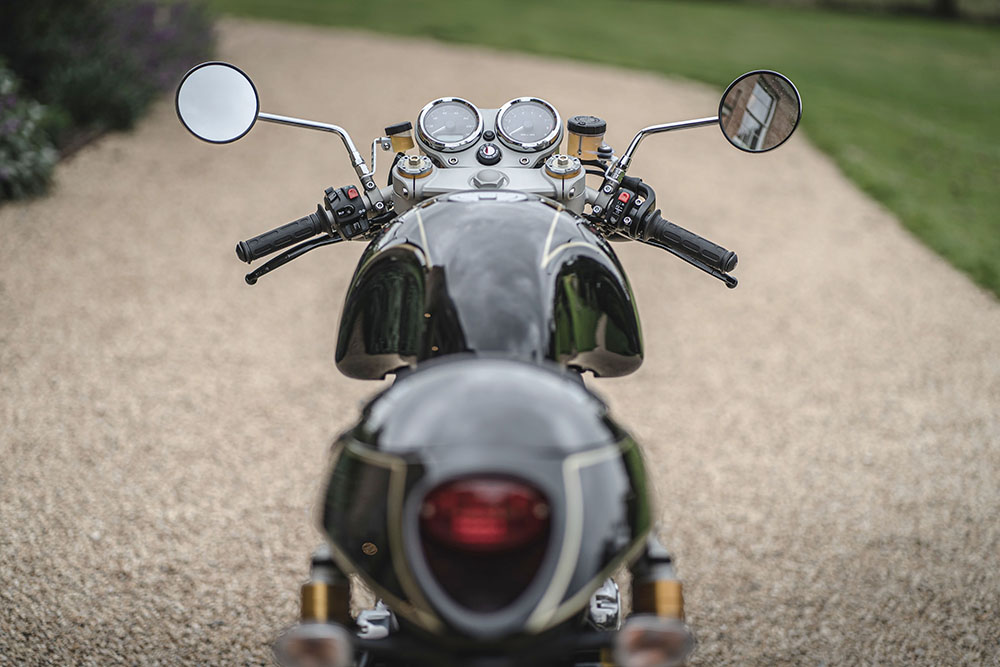
While the old Commando was designed and built under the Stuart Garner regime with a limited budget, tooling and staff, new Norton recruited new management, skilled engineers, designers and development riders and installed them in a bespoke, state-of-the-art production facility before commencing production of the new bike.
So in many ways, this is the Commando that should have been. The air-cooled engine has had a complete overall. Parts have been replaced and redesigned when necessary and testing has been extensive on both road and track. Every competent has been scrutinised and improved where necessary, from fuel tank to crank. At last, Norton should have a Commando to be proud of. We threw a leg over the SP version of the hand-built Brit to find out.
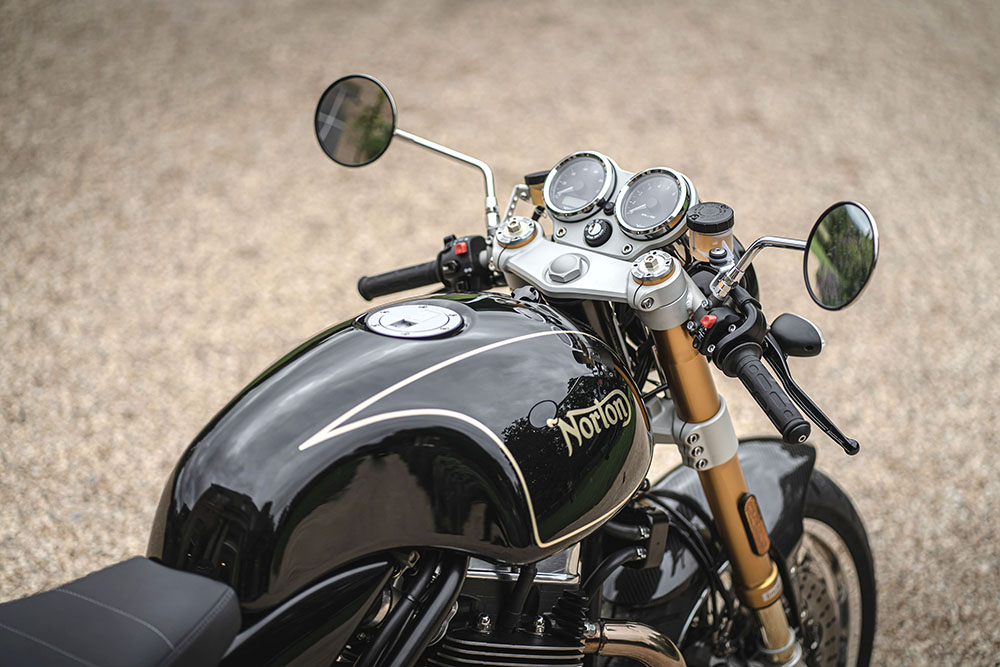
New Norton could have transformed the Commando 961, but instead chose to rectify its problems and improve its ride quality and reliability, while leaving the pushrod twin’s classic design alone. The old Commando was far from unattractive but, in the flesh, the 2023 machine looks sharper and fitter, like it has spent the last two years in the gym.
It’s immediately obvious Norton has improved the quality of its fixtures and fittings. The bike is still built by hand in the UK – and the fuel tank’s pinstripes are still hand painted – but now there is a perceptible sense of craftsmanship throughout. During our test it would turn heads on every street, eyes wide with desire.
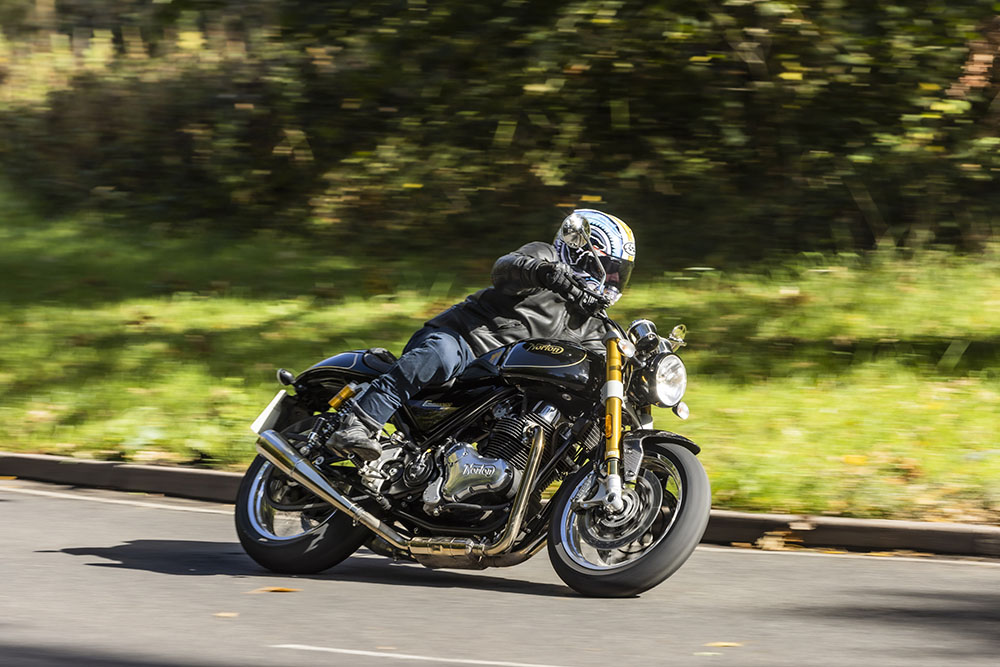
There are two models to choose from; the SP (Sport) and CR (Café Racer), with the only significant difference being the CR’s lower ’bars (and brake lines to accommodate them). In the UK, there is only a £500 (A$895) price difference between the two – and both are available in the same Matrix Black or the Manx Platinum colours schemes – so picking one over another is simply down to taste. The black is lovely and is complemented by all of that chrome, but the Manx Platinum – or silver to most of us – is reminiscent of the famous Manx Norton of the 1950s and 60s.
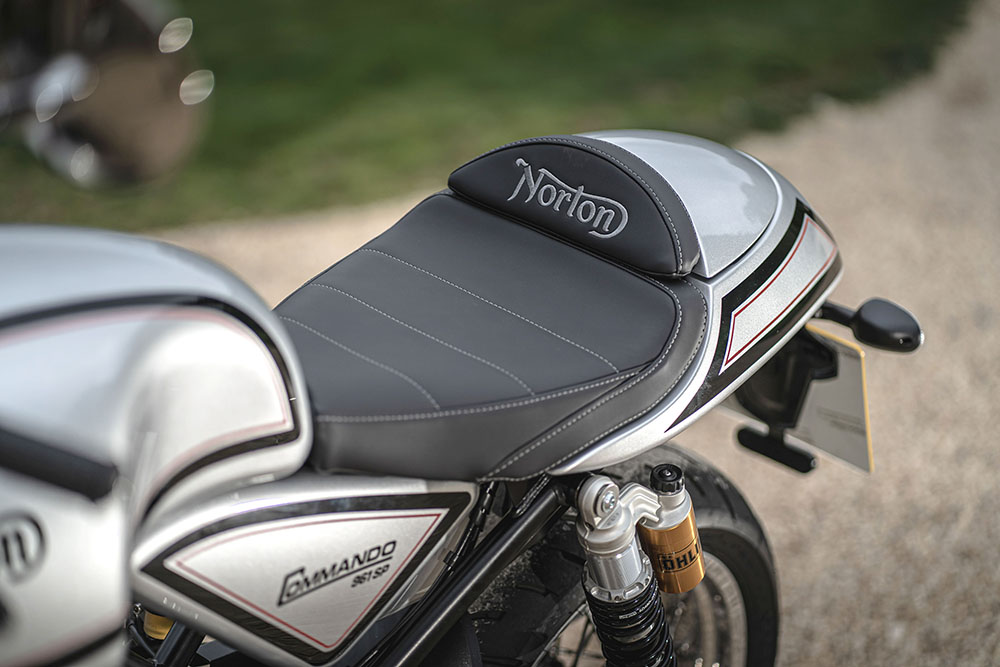
Not only does the re-engineered Commando look good, it sounds good too. The heavily revised pushrod engine isn’t Euro 5 compliant (I have asked Adam to explain how it’s allowed to be sold as a 2023 model), meaning the rule makers haven’t strangled the exhaust tone. It’s not overly loud or flaunting the regs, but there’s a robustly sung chorus to the air-cooled twin that sets the mood and spices the senses.
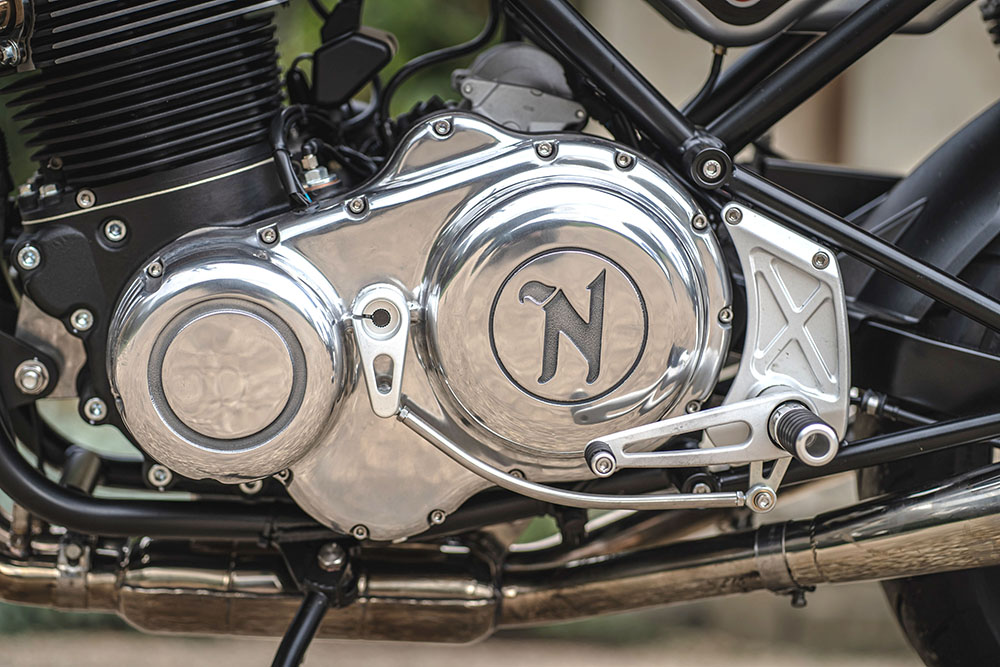
Internally, bore and stroke remain the same. While the firm could have gone in search of more power and torque, they elected instead to focus on making it reliable. To achieve this meant re-engineering and sometimes completely changing components such as cams, cam chains, crankcases and gearbox mechanisms.
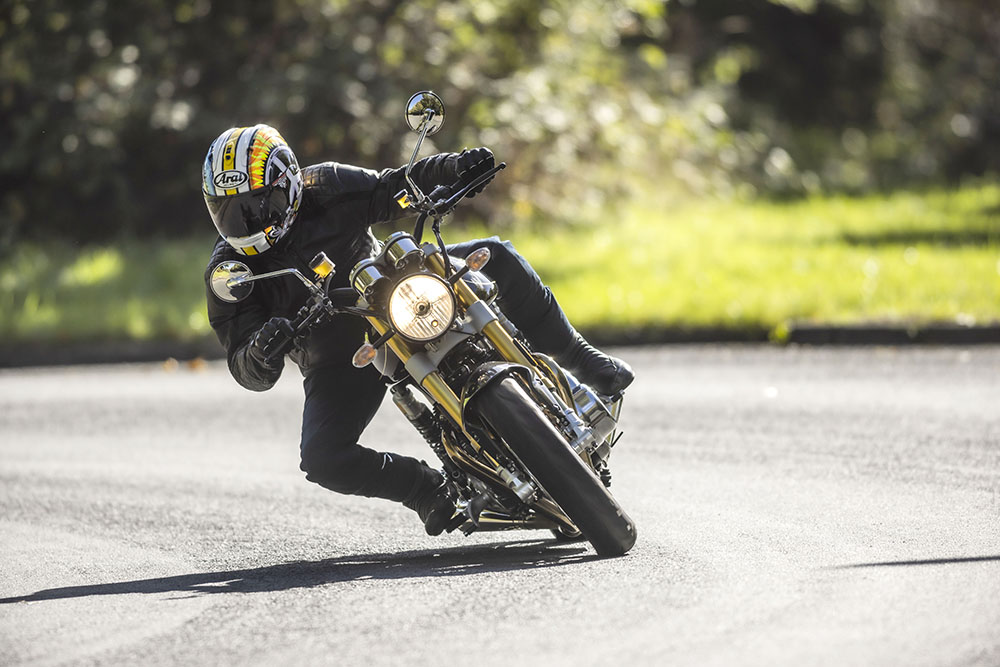
The somewhat old-school air-cooled pushrod engine punches out a claimed 56.5kW (76.8hp) of power at 7250rpm and 81Nm of torque at 6300rpm. ‘Old’ Norton claimed 58kW (79hp) and 90Nm of torque, so it appears new Norton has sacrificed some power in the name of reliability – or perhaps new Norton is simply more realistic.
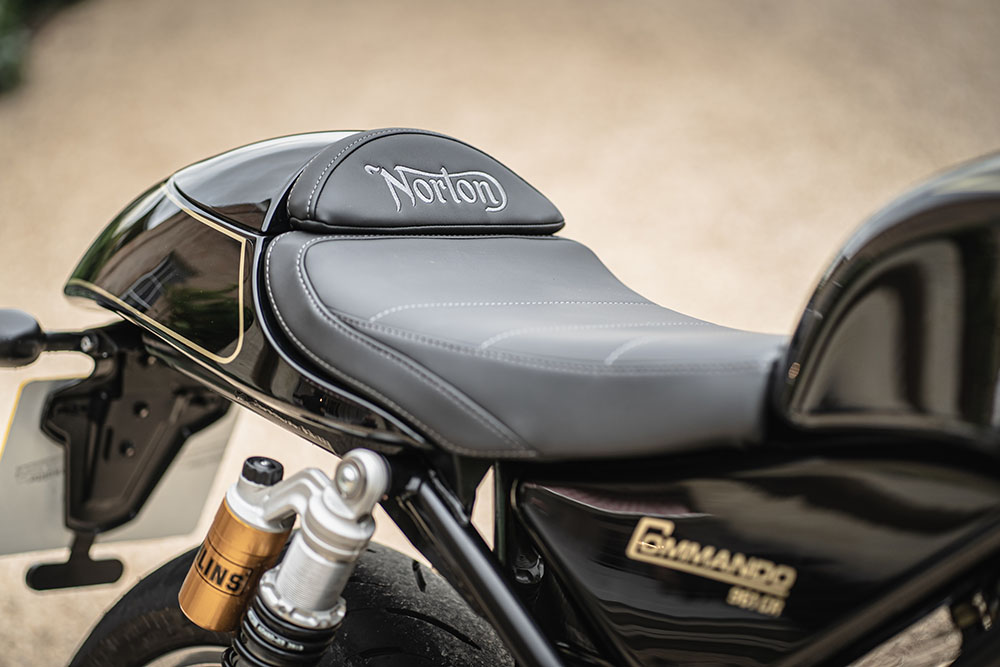
There is no hiding the fact that the 961 is down on power compared to its nominal rivals in the market. Triumph’s Thruxton makes 75kW (103hp), Ducati’s Scrambler 1100 churns out 63kW (86hp), but in reality, it’s more alike an air-cooled Harley than those retro twins. Revs build relatively slowly; the analogue tacho progresses rather than swishes towards its 7500rpm redline. If you like to spend most of your time in the last 30 percent of the rev range, then this is not your bike.
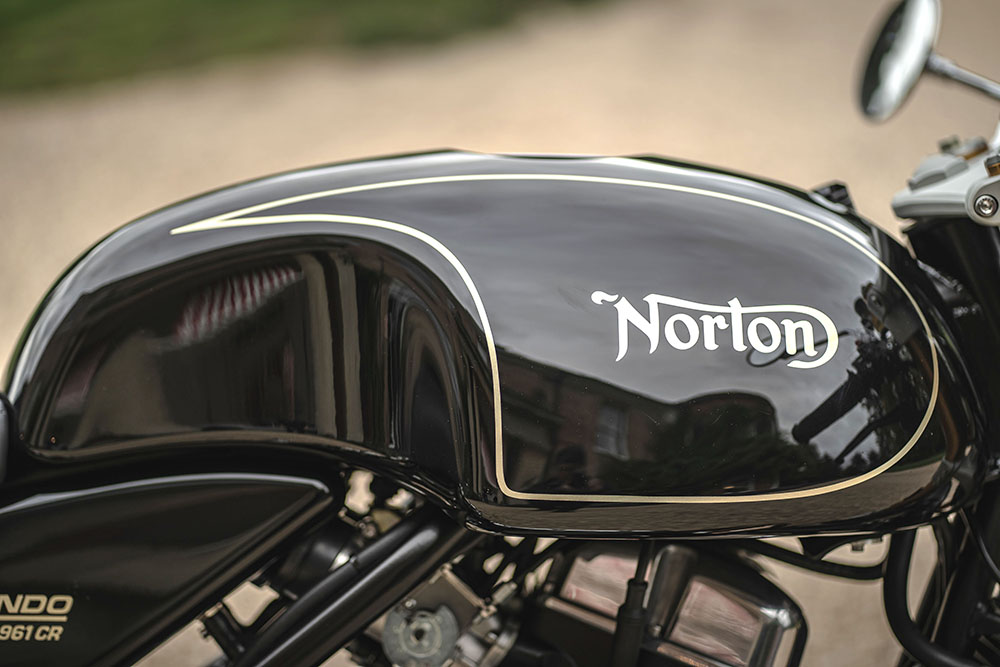
Instead of lots of modern, free-flowing revs, there is a traditional spread of usable torque. Much like a cruiser, you ride the Commando in the mid-range, short shifting through a gearbox that is much smoother and slicker than the one of old. Once you click into this way of riding, letting the bike flow and using the mid-range torque, the 961 reveals a brisk turn of speed. Up to 160km/h, overtakes are effortless and, with only five gears on board, no taller sixth gear to shift down from. Turn the throttle and the 961 drives satisfyingly and strongly whatever your gear or rpm.
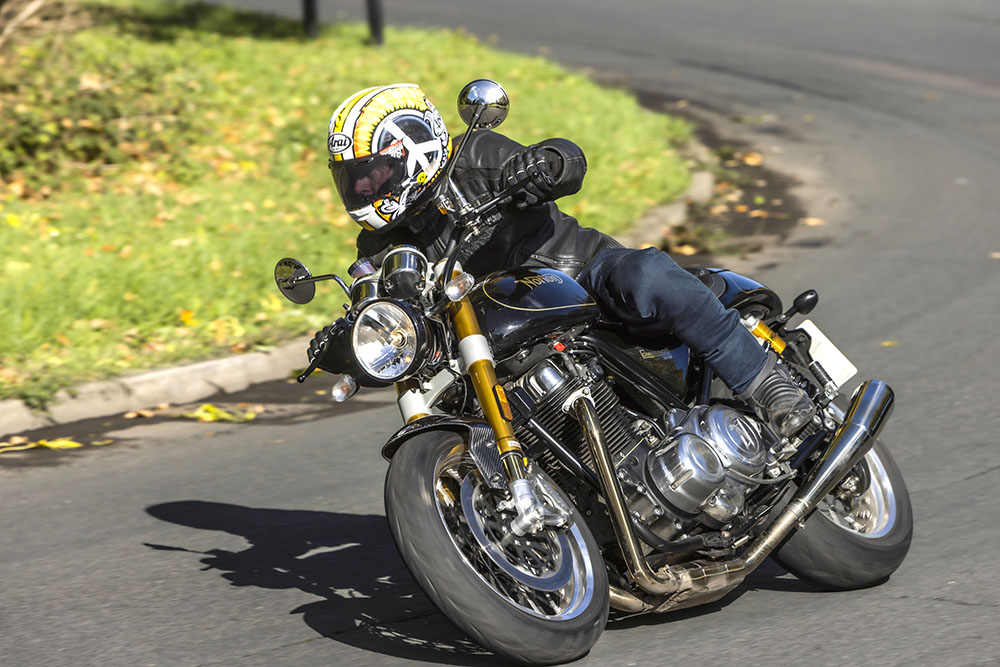
There’s genuine character here too. You can feel the vibrations build as the engine speed increases, which some will find tedious, but I believe most will prefer the sense of involvement and interaction it brings. The 961 is anti-bland – that fruity exhaust note, with its pops on the overrun, adds to the sensation that you’re riding something a little special and not a conventional run-of-the-mill production bike.
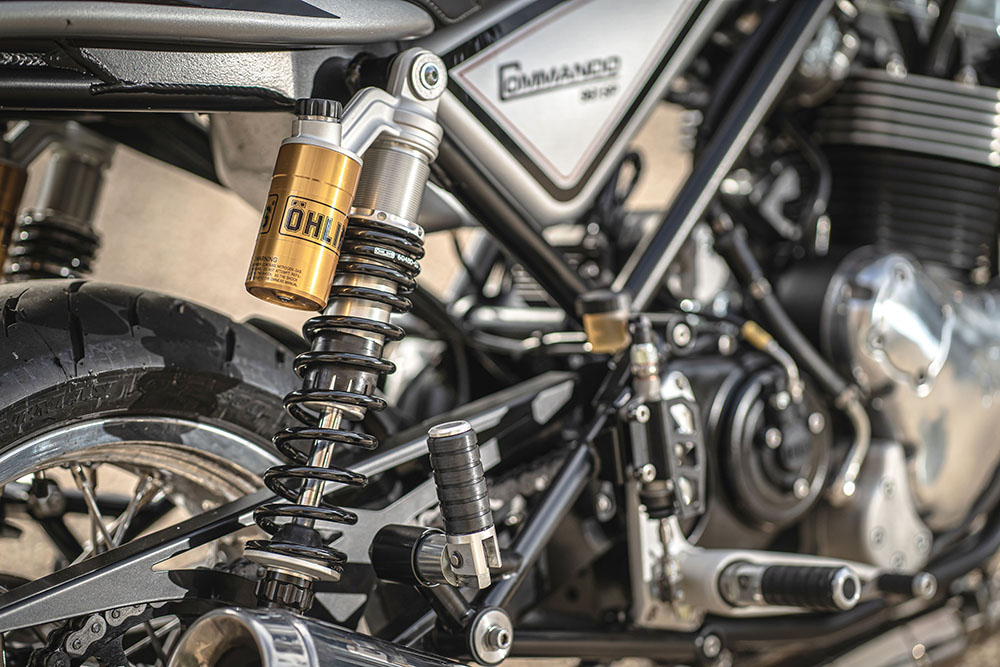
Speaking in strictly objective terms, it is no match for the water-cooled competition. The Thruxton, for instance, can give some fairly sporty machines a run for their money – it’s even a capable of delivering a decent trackday – but the Commando isn’t really in this category. By no means slow, it just doesn’t have that serving of top-end performance we expect from 2022 twins.
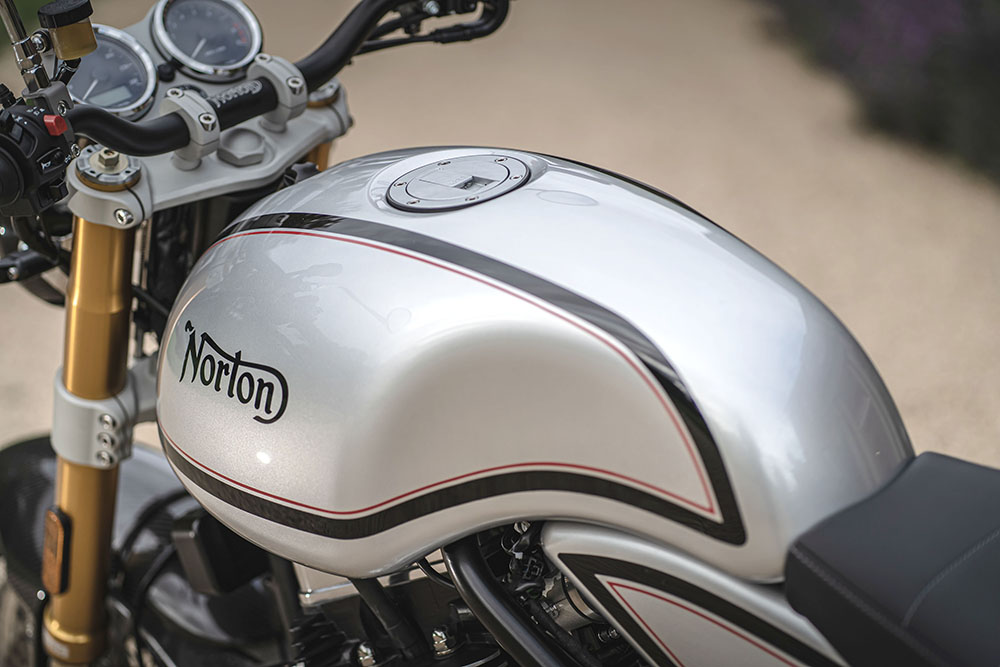
Chassis-wise, Norton has again stayed on familiar Commando territory. There is an adjustable 43mm Öhlins fork up front and twin Öhlins shocks looking after the rear, plus quality Brembo stoppers all round. The frame is redesigned, though rake, trail and wheelbase are unchanged, and the Commando’s weight is now quoted at 230kg (kerb), which by modern standards is heavy for a relatively simple air-cooled bike. Ducati’s air-cooled Scrambler 1100 is 26kg lighter.

Like the motor, the handling is best described as lazy – in a good way. Stability is excellent, and the 961 is nothing if not predictable. You roll into turns, rather than dart toward the apex, and instinctively let everything flow.
The Öhlins set-up is on the soft side and copes with almost everything you can throw at it during a spirited ride. Around town there’s a nice balance, with the mass of the motor held low in the chassis thanks to its dry-sump lubrication system. The soft setup takes road imperfections without jolts and, while the throttle response can still feel a little sharp, fuelling is much improved compared to the old bike’s, making it a smoother ride everywhere.

There are a few niggles. The standard Dunlop Sportmax GPR300 tyres lack feel and, though I’m sure they will last forever, they lack feedback when you start to push on. Given that they also take a while to warm up and that there’s no traction control on the 961, I’d give up longevity for more grip any day of the week.
But if you were to fit sportier rubber, you’d then have to tweak the suspension. That softly damped and sprung fork gives a reassuring feel, but the initial dive under hard-ish braking is a little quick. Meanwhile, ground clearance isn’t particularly lacking but, when the Commando’s ridden hard, the handcrafted exhaust touches down before the ’pegs. Ideally, you want the pegs to touch before the solid (and expensive) exhaust.
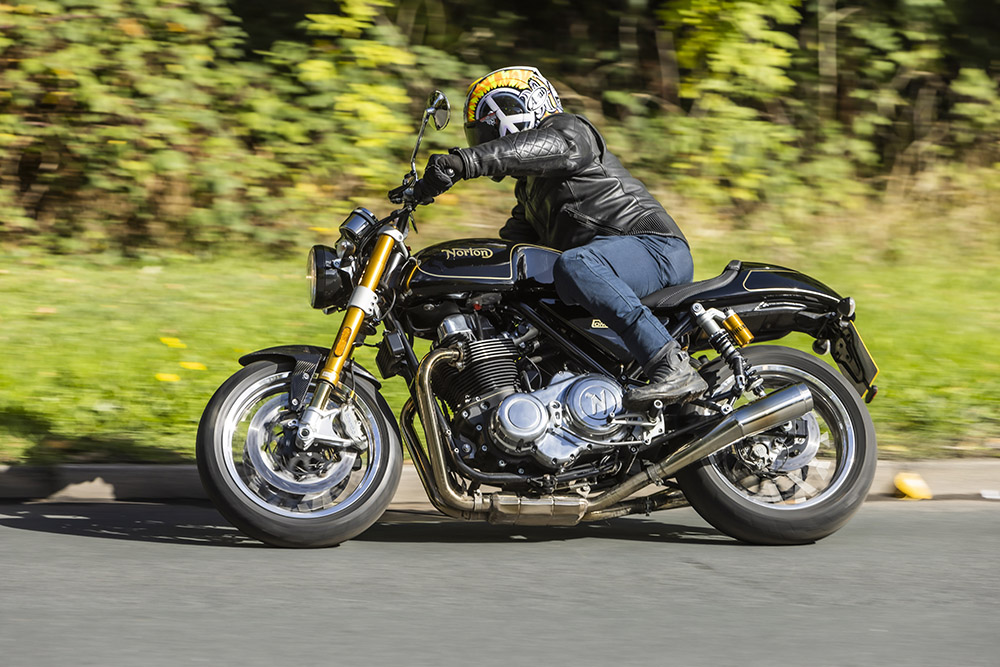
Brembo four-piston monobloc stoppers combine with twin 320mm discs and do an excellent job of slowing the relatively heavy Commando. ABS comes as standard, of course, but only in a conventional non-lean-sensitive format.
While many potential customers will love the Commando’s easy steering and practicability, I’d want a few little tweaks to the chassis. Rubber with more feel would be a must, after which a little more support on the front plus a set-up that allows the pegs to touch before the exhaust to give some warning when the lack of ground clearance is imminent.

But anyway, if you’re looking for sports performance, handling and specification, you’re almost missing the point of the Norton Commando. It’s how the bike makes you feel that counts, and this is where the 961 scores highly.
Imagine opening your garage door to find a gleaming Commando 961 inside. It looks stunning and conveys the true essence of the iconic Norton brand; begs you to reach for the open face, goggles and old flying jacket and take it out for blast. Now, thanks to painstaking development and huge investment, the 961 should be reliable, too, and free of the mechanical mishaps and misery that afflicted some owners of the older Commando.
The riding position is comfortable, the vibrations are apparent but, certainly to me, not annoying, and the engine should prove frugal. Norton quotes 7.7L/100km, but I managed closer to 7L/100km, while 160-odd kays is all you’ll get between fuel stops.
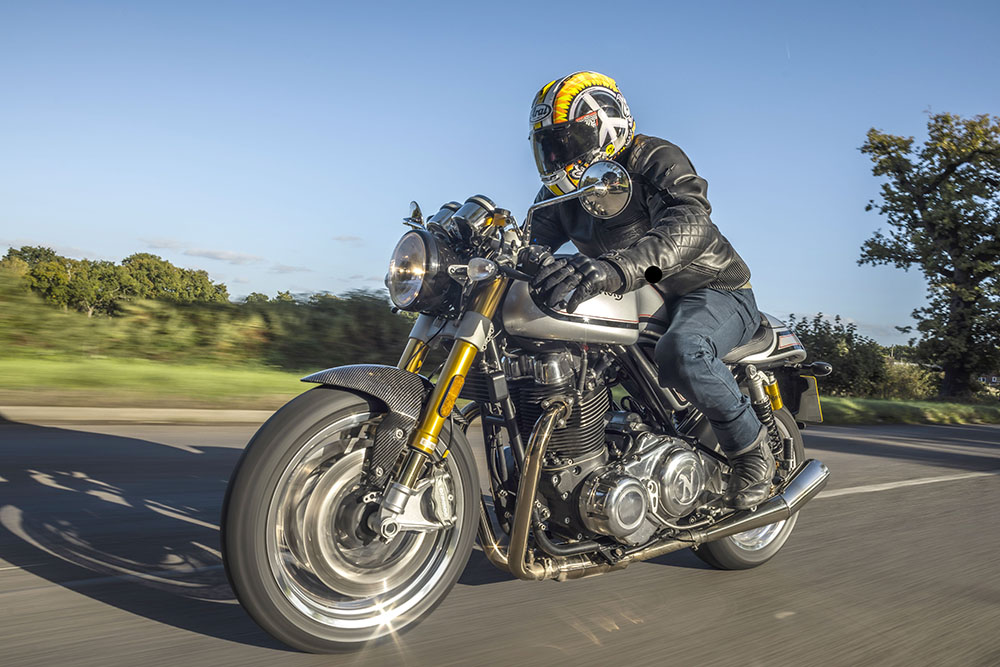
UK prices start at £16,449 ($A29,500), which is expensive, especially when you compare it to the competition from Triumph, Ducati and even Moto Guzzi. But it is unique, and hand-built in the UK in limited numbers. It has exclusivity the others can’t match backed up by character and the kudos of that a brand known the world over.
Undeniably, the Commando 961 scores poorly on the spec sheet. Its ABS system is basic, there’s no traction control, no ride modes, no active suspension, no IMU – not even a quickshifter. And don’t even think about trying to connect your phone to the dash. But I believe most will love its purity and simplicity – that old-school rideability that sometimes gets lost in the rush to be the latest and greatest. In fact, it almost feels like it should have a kickstart.
Old-fashioned rivalry
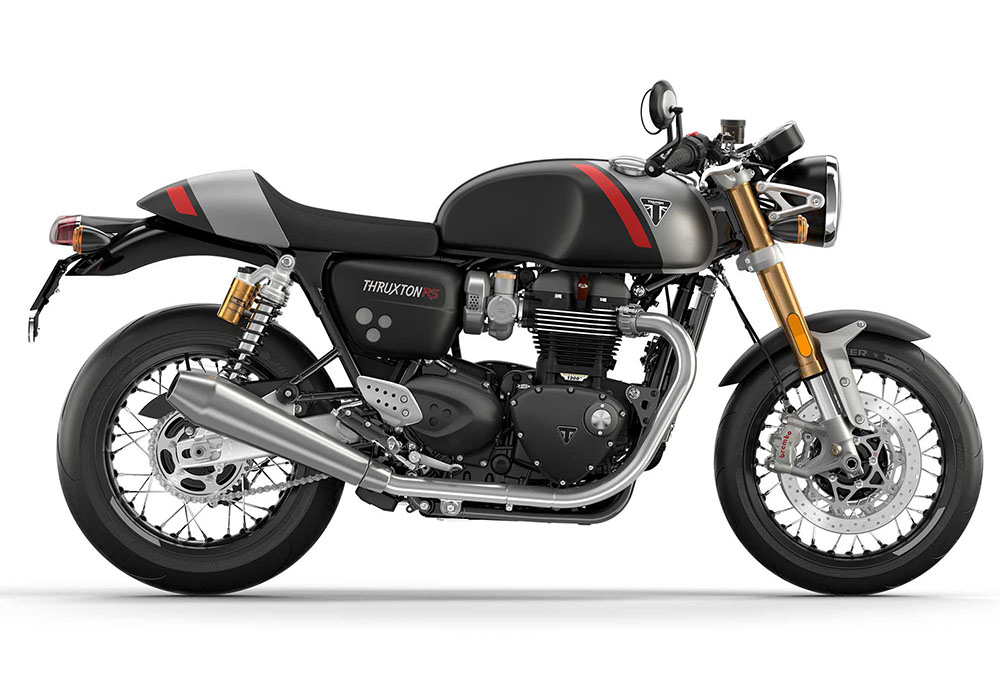
Triumph Thruxton RS
1200cc liquid-cooled parallel twin
197kg (dry)
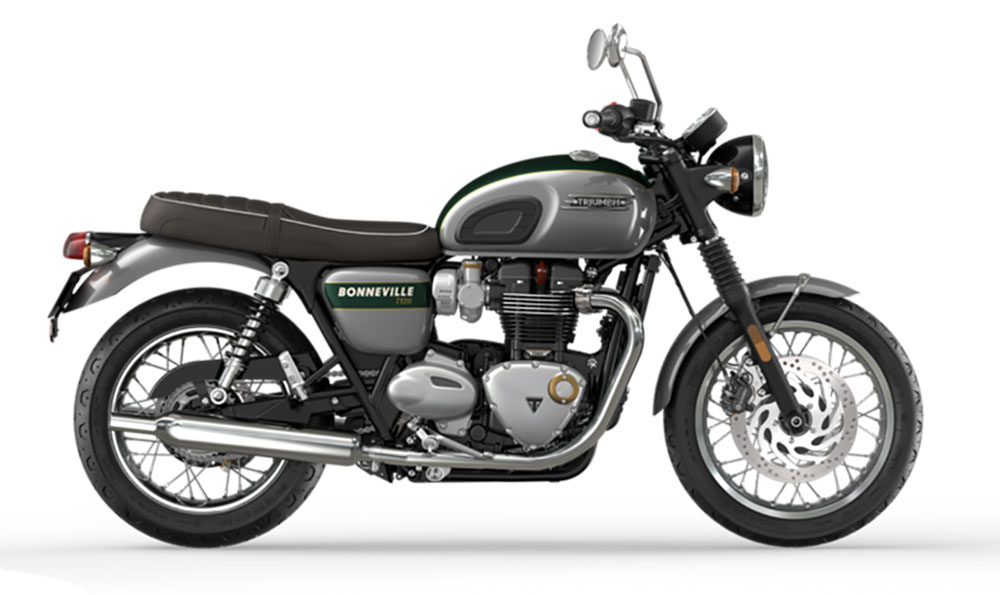
Triumph Bonneville T120
1200cc liquid-cooled parallel twin
236kg (wet)

Ducati Scrambler 1100 Dark Pro
1079cc air-cooled V-twin
189kg (dry)

Norton Commando 961
961cc air-cooled Parallel twin
230kg (kerb)


